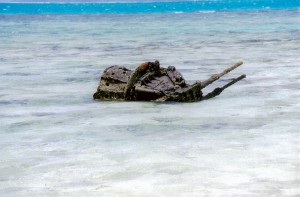
It’s a perfect day in the tropics. The pristine white sand dazzles brightly, starkly contrasted with the deep green foliage fringing the beach. The sea is aquamarine and warm as a bath—too warm to cool down on such a hot day in fact—and doesn’t get deep for miles.
Stroll out a short distance and you reach an American tank, abandoned and decaying.
It is a strange paradox – here in paradise is a reminder of Hell.
Saipan is the largest of the Northern Mariana Islands in the Micronesian archipelago, which also includes Guam and is somewhere I had never even heard of, let alone planned on visiting. When I lived in Japan a friend and I decided that we would go away for a few days. We worked out a budget and headed to a local travel agent. We told the sales assistant how much money we had and he suggested that we go to Saipan. He showed us some pictures and we handed over the cash.
As we left the travel agents we were very excited, “Can you believe it, we’re going to SAIPAN?!” I said to Nikki. “I know!” she replied “I can’t wait, but, erm, where IS Saipan exactly?” she asked.
I thought for a while as it slowly dawned on us that neither of us knew where the heck Saipan is! When we got back home we dug out a map and discovered that Saipan lies just north-east of the Philippines and would therefore become my first tropical holiday destination.
Arriving at the airport was relaxed and easy despite the tropical storm that was raging outside, bringing with it a plague of frogs that hopped and squirmed over the runway as the plane touched down. Only one man sat at passport control and he paused to chat with each new arrival, greeting us warmly with optimistic promises that the weather would soon improve. After three days it did.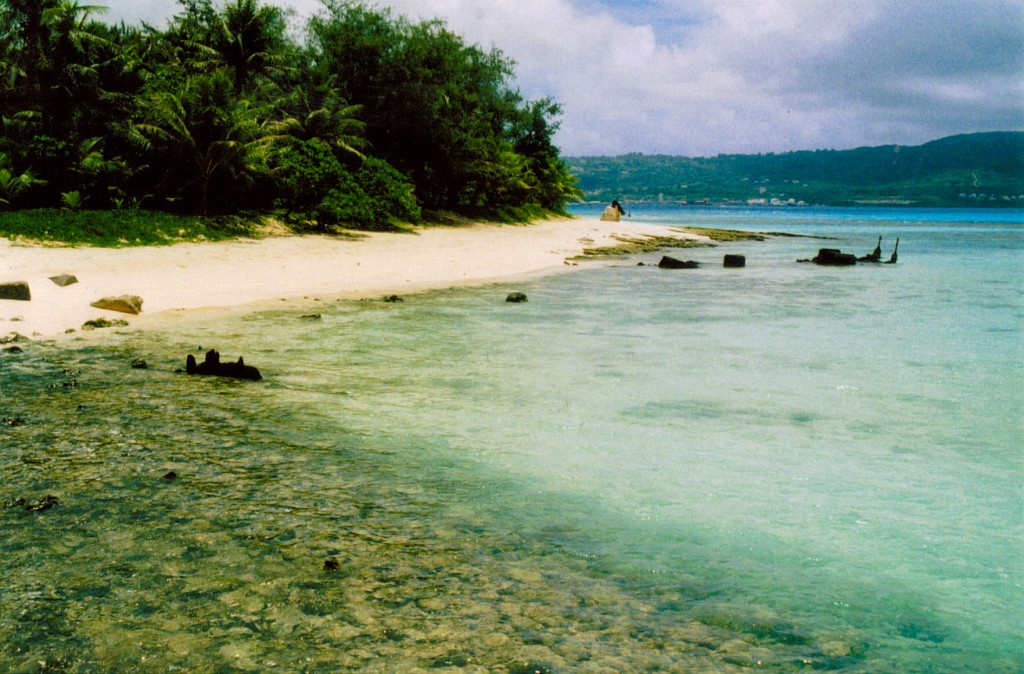
Saipan is a beautiful, tropical paradise island with a surprisingly brutal and bloody history, having been occupied initially by Germany, and then Japan who fought the Americans over the island during the second World War. In this conflict thousands of Japanese civilians and soldiers were killed and the remaining ones committed suicide in the face of defeat. It is estimated that the Japanese suffered a loss of 30,000 on Saipan. The cliff on the north side of the island is now known as Banzai (suicide) cliff where it is estimated that 20,000 Japanese, many of them civilians, hurled themselves onto the rocks below. Before the final defeat of the Japanese, many bloody battles were fought between the Japanese and the Americans as they battled for control of the island and as a result remnants of warfare are strewn across the island, which I found fascinating and spent many hours wandering around the debris.
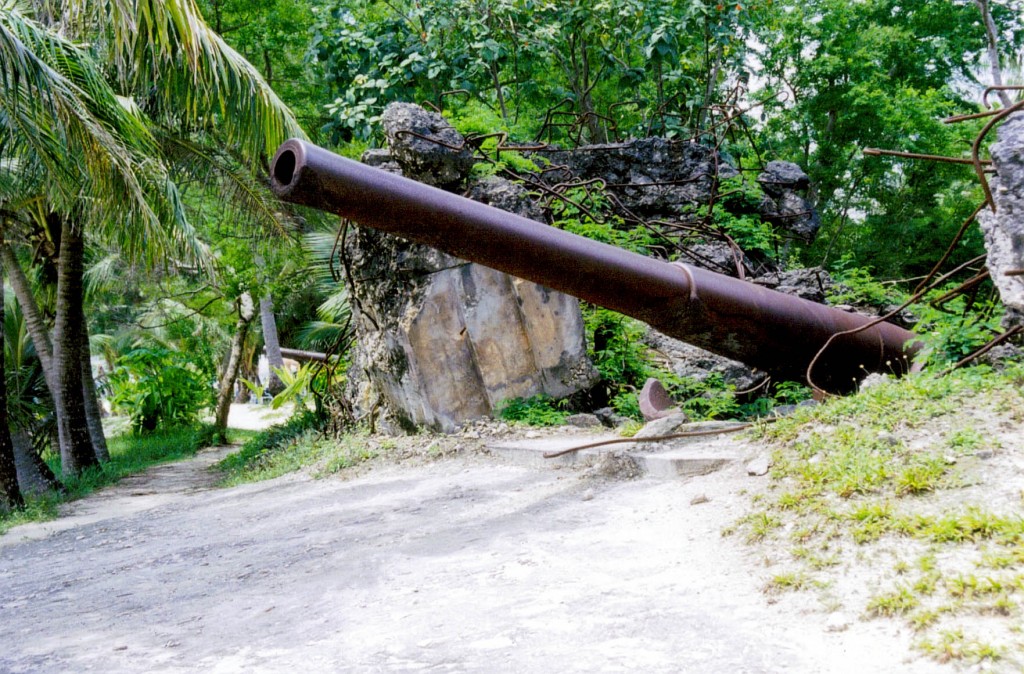
Despite the heavy presence of war artillery as a haunting reminder of Saipan’s turbulent past, Saipan is a perfect island getaway which offers watersports, parasailing, shopping centres and restaurants as well as beautiful beaches to laze around on. You can also take a boat out to tiny Managaha island where you can dive or go snorkelling.
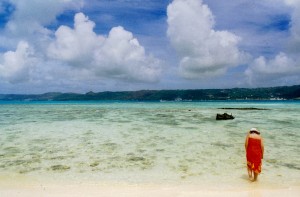
The best thing about Saipan, and Micronesia in general, is that it is not on the backpacker trail because it is not particularly easy to get to. That doesn’t mean that it is isolated as it is a popular destination for holidaying Japanese but you may be one of the only Europeans (Americans are more common due to the island’s history and proximity). Therefore you could find yourself followed around by locals who love your accent (if you are British anyway). In fact as few British travellers arrive on Saipan word soon got around and people came up to us asking if we were the British girls and wanting to speak to us. Yes we were even asked how well we know William and Charles!
Saipan is a beautiful island and I’m really pleased I got to visit.
Interesting facts about Saipan
- A small number of Japanese soldiers who were driven into hiding when the Americans overtook the island did not realise that the war had finished and surrendered some years later—I’d like to know what reception they received when they arrived back in Japan.
- The island uses the US dollar
- 60% of the island’s inhabitants are contract workers creating an ethnic diversity from countries such as China, Thailand, Vietnam, Cambodia, Japan, Philippines and other Micronesian islands.
- English is the major language on the island, alongside Asian languages and local language Chamorro.
Anybody else been to Saipan or any of the other Micronesian islands? What did you think? Please leave your comments here.

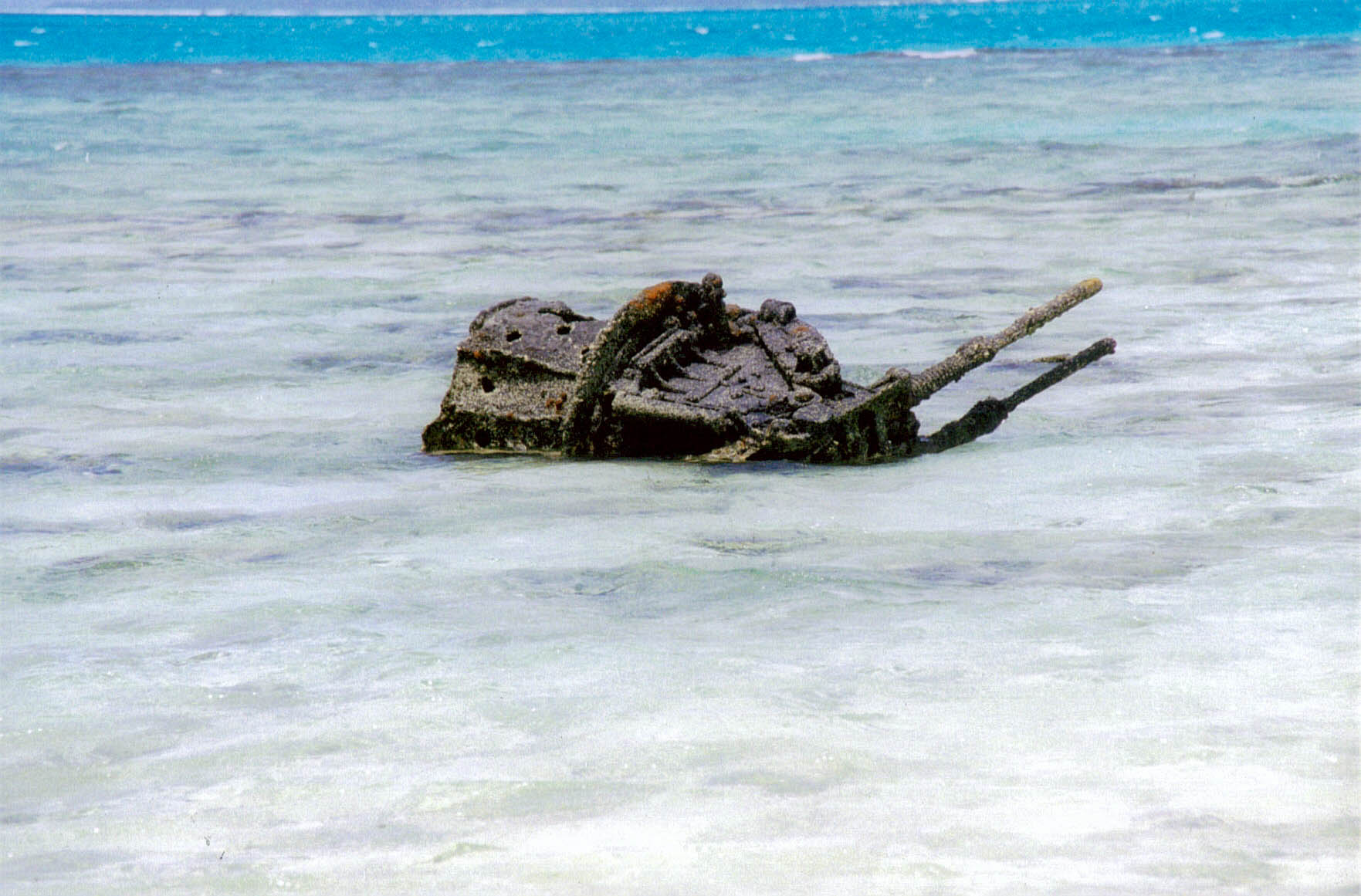

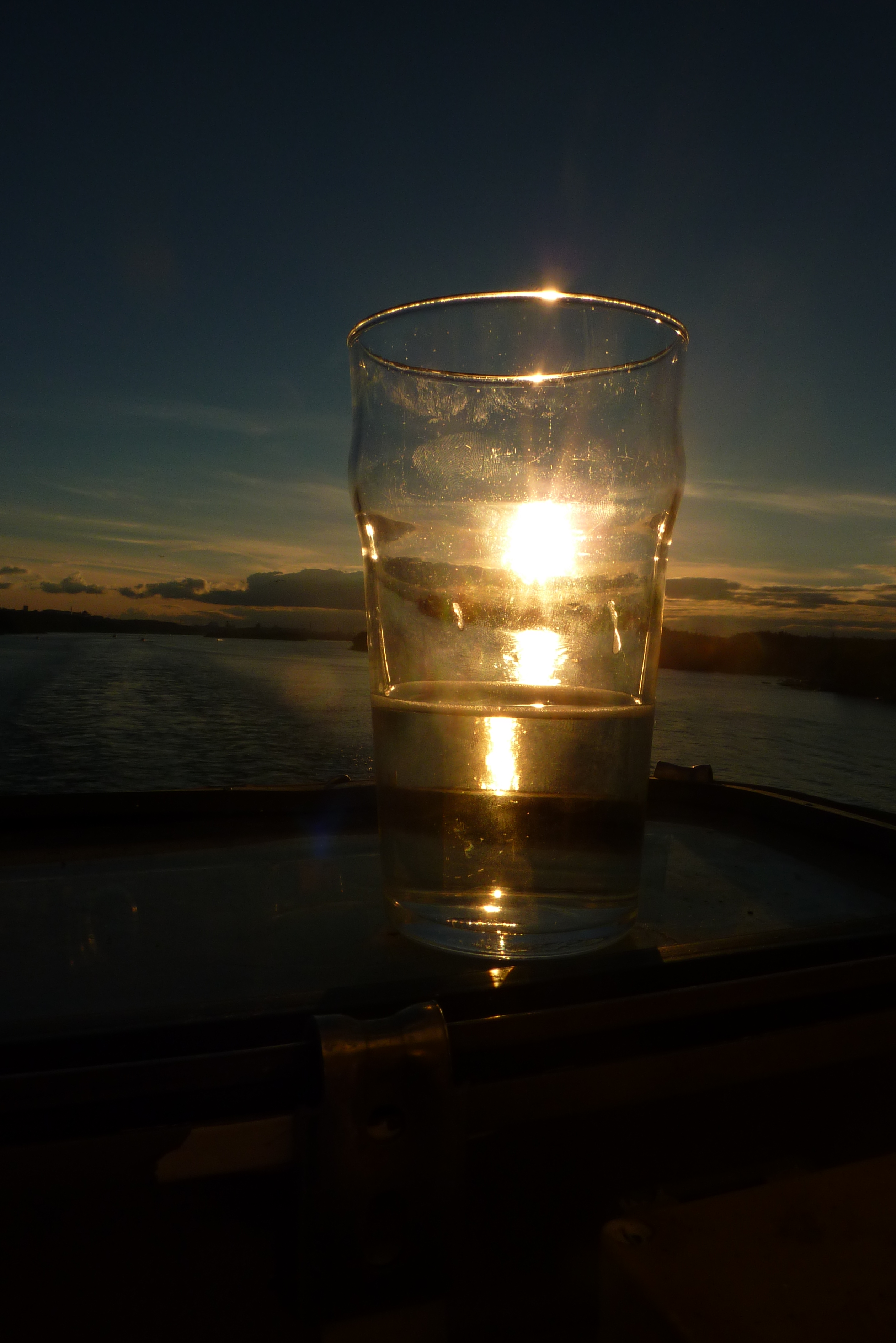
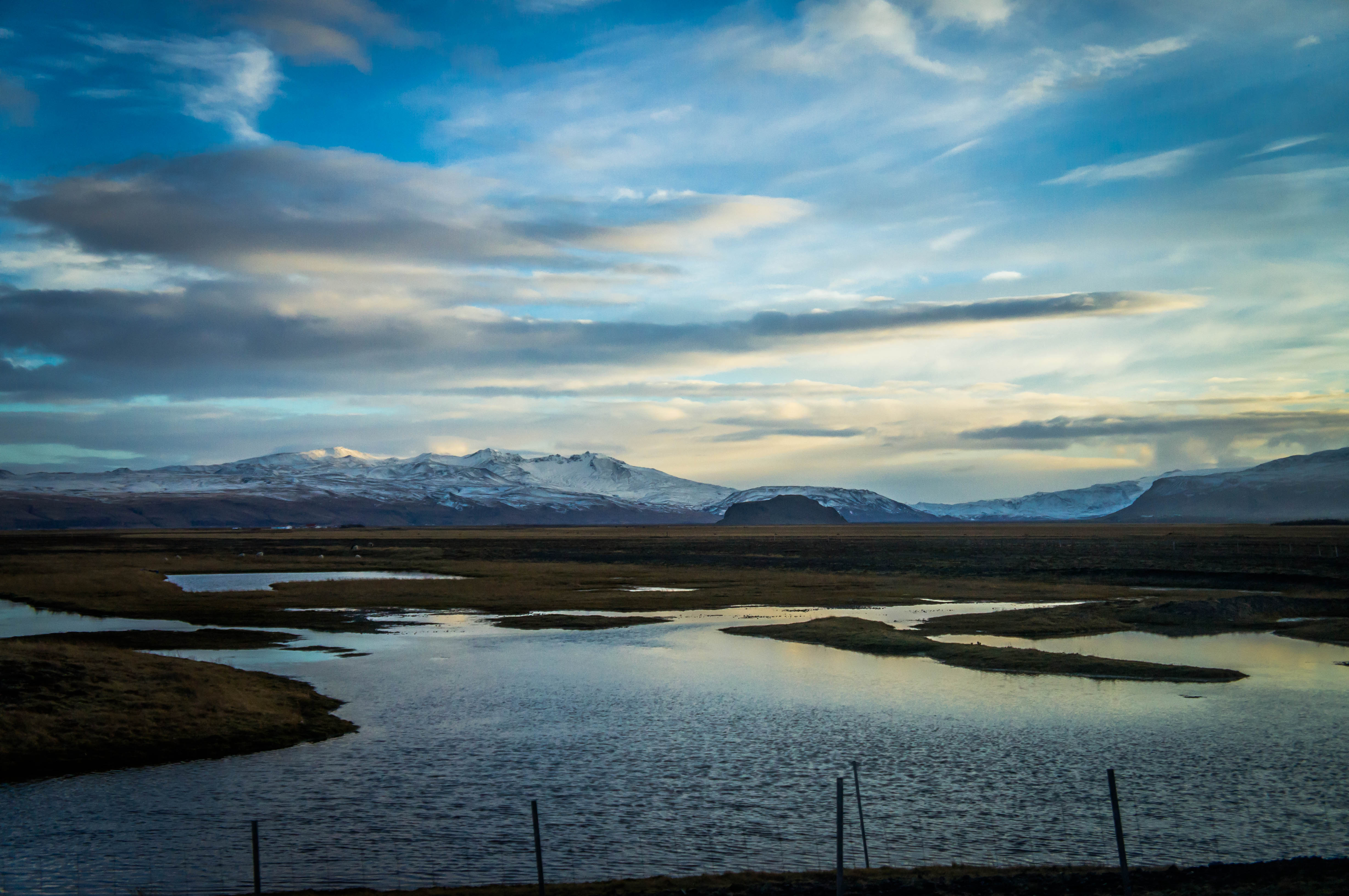
Wow, can’t imagine what kind of hell it must have been there during the war, having 20,000 people kill themselves… crazy. Looks much more peaceful now though with the tropical beach and palm trees.
Tijmen recently posted..3 Unforgettable Festivals in Mali
I know, it must have been horrific but it is beautiful there now.
I always find the evidence of war on beautiful beaches in the tropics strange. Growing up in the UK I was rather left with the impression that the World Wars happened in Europe (yes, I know the name gives it away a bit…) But my education focused on local Europe, leaving me shamefully ignorant about the rest! Living in Australia is changing that though. I love your photos. Saipan looks stunning.
It is strange isn’t it, when I was at school I wondered why it was called a World War! Thank you for the comment 🙂
This was such a fun read. I grew up in Japan and never made the trip to Saipan and now I am wishing I did! I love history and it would have been so interesting to see the presence of the the war artillery. I also had no idea that they use the US dollar there.